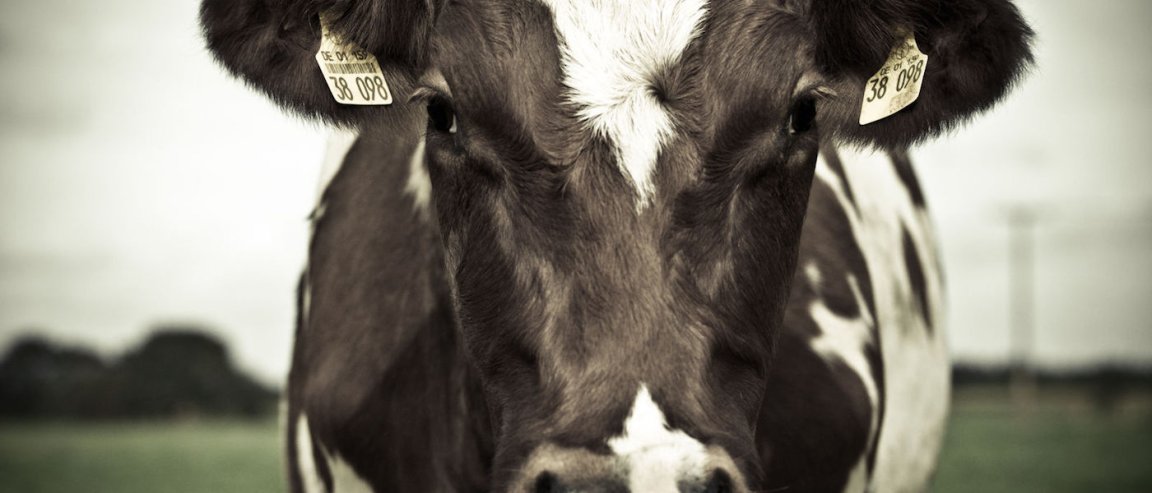
Lab-Grown Leather: A More Cultured Choice
Brooklyn-based startup Modern Meadow, founded in 2011, has secured a total of $53.5 million in funding to grow leather in labs—instead of from livestock.
The cruelty-free business model could end the slaughter of animals for leather goods, but it also has another benefit— cutting down on the physically and chemically intensive processes needed to produce leather using traditional means.
Biofabrication also allows them to “design, grow, and assemble collagen” along with other proteins to produce leather that is biologically identical to traditional leather, minus the unwanted details that make traditional leather processing toxic.
“We’re making a material that has no hair flesh or fat on it. So the liming and toxicity you see elsewhere in the leather trade is eliminated,” Modern Meadow CEO and co-founder Andras Forgacs noted.
And because the laboratory fabrication process gives them more control, designers could order leather with specific characteristics rather than simply choosing from what’s naturally available. This flexibility would help the company secure its market and achieve their goal of becoming the world’s go-to source of leather.
But leather is not the only thing Modern Meadow will be growing in the lab. They are also growing meat, because Forgacs is a firm believer that growing leather and meat together is a more cultured choice than slaughtering animals.
Full Speed Ahead
The company now intends to move forward from the research and development phase of the project, and expand into preparation for full-scale production. In the immediate future, that means setting up a studio in New York and readying its first factory.
Horizons Ventures’ Bart Swanson, whose firm increased its investment in Modern Meadow partly because the start-up managed to hire DuPont’s chief of staff for the chief science and technology officer, Dave Williamson, as their CTO, thinks that while cost competitiveness is one of the start-up’s biggest challenges, Modern Meadow will be able to break through that barrier eventually.
“It took us a long time to rid ourselves of total dependence on oil and carbon fuels, now renewable energy, LED lighting and electric vehicles have traction,” he said.